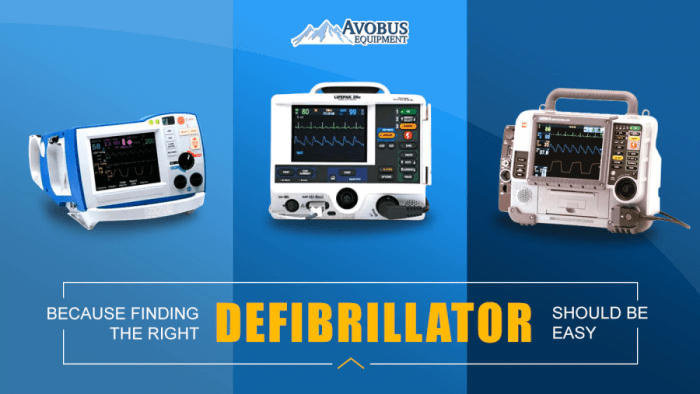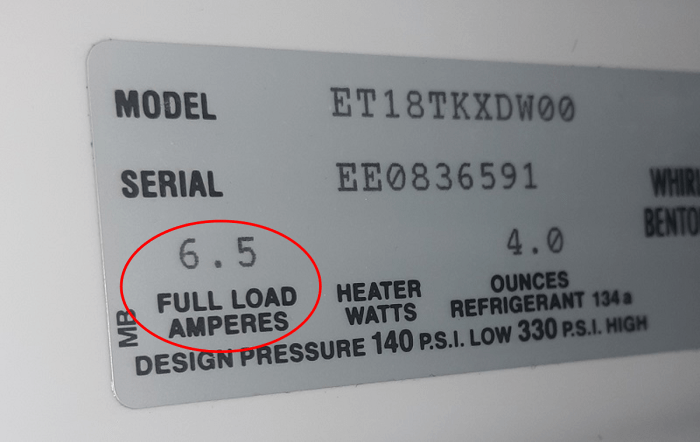How many amps in a defibrillator? This question delves into the intricate realm of defibrillation, where electrical currents play a pivotal role in restoring hearts to their normal rhythm. Join us as we explore the fascinating interplay between amperage and defibrillation efficacy, unraveling the nuances of this life-saving technology.
Defibrillators, the guardians of cardiac health, harness the power of electrical currents to terminate life-threatening arrhythmias. The amount of current delivered during defibrillation directly impacts its success, making amperage a critical consideration in this high-stakes medical procedure.
Electrical Current in Defibrillators

Electrical current plays a pivotal role in defibrillation, the process of terminating potentially lethal cardiac arrhythmias. By delivering a brief, high-energy electrical shock to the heart, defibrillators can restore normal electrical activity and heart rhythm.
The amount of electrical current used in defibrillation is crucial for its efficacy. Higher current levels increase the likelihood of successful defibrillation, but they also carry the risk of causing tissue damage. Therefore, defibrillators are designed to deliver the minimum amount of current necessary to achieve defibrillation while minimizing the risk of complications.
Relationship between Current and Efficacy
- Higher current levels:Increase the likelihood of successful defibrillation by increasing the strength of the electrical shock delivered to the heart.
- Lower current levels:May be insufficient to terminate the arrhythmia, leading to a failed defibrillation attempt.
Relationship between Current and Tissue Damage
- Excessive current levels:Can cause tissue damage, including burns and muscle damage, due to the intense electrical energy passing through the body.
- Appropriate current levels:Minimize the risk of tissue damage while still achieving effective defibrillation.
Types of Defibrillators

Defibrillators are classified into different types based on their level of automation and the presence or absence of operator intervention. The two main categories are manual defibrillators and automated external defibrillators (AEDs).
Manual Defibrillators
Manual defibrillators require a trained healthcare professional to operate. They provide greater flexibility and control over the delivery of the shock, allowing for adjustments in energy levels and waveform parameters. The operator has complete control over the timing and delivery of the shock, making them suitable for advanced cardiac life support (ACLS) scenarios where precise control is crucial.
Automated External Defibrillators (AEDs)
AEDs are designed for use by laypeople in public settings or by first responders with limited medical training. They are equipped with automated features that guide the user through the defibrillation process. AEDs analyze the patient’s heart rhythm and determine if a shock is necessary.
If a shockable rhythm is detected, the AED automatically delivers a predetermined energy level. AEDs are less versatile than manual defibrillators, but their ease of use and portability make them essential for providing immediate defibrillation in emergency situations.
Patient Factors

Patient factors significantly influence the amount of current required for successful defibrillation. These factors primarily include body mass and impedance, which impact the current’s ability to penetrate and effectively depolarize the heart muscle.
Body Mass: Larger patients generally require higher amperage for defibrillation due to the increased distance the current must travel through the body. This is because the current encounters more resistance as it passes through tissue, and the resistance increases with the thickness of the tissue.
Impedance
Impedance, the opposition to the flow of electrical current, is a crucial factor in determining amperage requirements. High impedance hinders the current’s ability to penetrate the heart, necessitating higher amperage to overcome this resistance. Factors such as dry skin, poor electrode contact, and subcutaneous fat contribute to increased impedance.
Safety Considerations

Defibrillation amperage is a critical factor that can impact the safety and effectiveness of the procedure. It is essential to understand the potential risks and benefits of varying amperage levels to ensure optimal patient outcomes.
Higher amperage levels can increase the likelihood of successful defibrillation, as they deliver a stronger electrical shock to the heart. However, higher amperage also carries a greater risk of causing tissue damage and burns at the electrode contact sites.
Electrode Placement
The placement of the defibrillation electrodes on the patient’s chest is crucial for safety. The electrodes should be positioned to deliver the electrical shock directly to the heart while minimizing the risk of damage to other tissues.
Incorrect electrode placement can lead to ineffective defibrillation or even electrical injury to the patient. It is essential for healthcare professionals to receive proper training and follow established guidelines for electrode placement.
Advanced Defibrillation Techniques

Advanced defibrillation techniques utilize specific amperage ranges to deliver more targeted and effective electrical shocks to the heart. These techniques include:
Transvenous Defibrillation
Transvenous defibrillation involves threading a catheter with electrodes through a vein and into the heart. This allows for precise placement of the electrodes directly on the heart surface, delivering a more focused and higher-energy shock. Transvenous defibrillation is typically used in cases of refractory ventricular fibrillation (VF) or ventricular tachycardia (VT) that do not respond to standard defibrillation.
Implantable Cardioverter-Defibrillator (ICD), How many amps in a defibrillator
An ICD is a small, surgically implanted device that monitors the heart’s rhythm and delivers shocks when it detects VF or VT. ICDs are used in patients at high risk of sudden cardiac arrest and have been shown to significantly reduce mortality.
High-Energy Defibrillation
High-energy defibrillation involves delivering shocks with higher energy levels than standard defibrillation. This technique is used in cases of VF or VT that are resistant to lower-energy shocks. High-energy defibrillation is typically delivered through external defibrillator paddles or internal transvenous electrodes.
Future Directions: How Many Amps In A Defibrillator

Ongoing research and advancements in defibrillation technology are focused on optimizing amperage delivery to enhance patient outcomes.
Research efforts are directed toward developing novel defibrillation waveforms and electrode designs that can deliver more efficient and targeted electrical shocks.
Waveform Optimization
- Developing biphasic and polyphasic waveforms that minimize myocardial damage while maintaining defibrillation efficacy.
- Investigating the use of high-frequency waveforms to reduce the required amperage and improve defibrillation success rates.
Electrode Design
- Designing electrodes with larger surface areas and optimized shapes to improve current distribution and reduce skin burns.
- Exploring the use of novel electrode materials that can enhance electrical conductivity and reduce impedance.
FAQ Insights
What factors influence the amperage required for defibrillation?
Patient factors such as body mass, impedance, and the type of defibrillator used all play a role in determining the appropriate amperage.
How does amperage affect defibrillation efficacy?
Higher amperage generally leads to increased defibrillation success rates, but excessive amperage can also pose safety risks.
What are the safety considerations related to defibrillation amperage?
High amperage can cause tissue damage and burns, while low amperage may be ineffective in terminating arrhythmias.